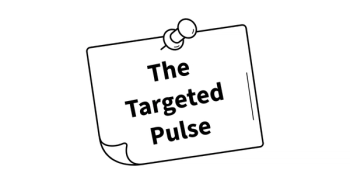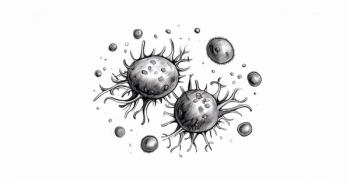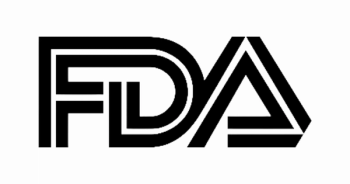
NCCN Adds Naxitamab to Practice Guidelines for High-Risk Neuroblastoma
Key Takeaways
- Naxitamab-gqgk is now a Category 2A treatment in NCCN Guidelines for high-risk neuroblastoma, highlighting its importance as an anti-GD2 therapy.
- FDA granted accelerated approval for naxitamab with GM-CSF for relapsed/refractory high-risk neuroblastoma, supported by phase 2 and phase 1 studies.
The anti-GD2 therapy naxitamab has been included in the NCCN Clinical Practice Guidelines in Oncology for the treatment of patients with neuroblastoma.
Naxitamab-gqgk (Danyelza) has been added to the National Comprehensive Cancer Network’s (NCCN) Clinical Practice Guidelines in Oncology as a Category 2A treatment for high-risk neuroblastoma.1
“We are very pleased with NCCN’s update of the NCCN Guidelines to include naxitamab-gqgk. We believe this decision reinforces the importance of naxitimab-gqgk as a leading anti-GD2 therapy of choice for physicians treating patients with relapsed/refractory high-risk neuroblastoma,” said Doug Gentilcore, senior vice president at Y-mAbs Therapeutics, in a press release.
The FDA granted naxitamab, a humanized monoclonal antibody targeting GD2, plus granulocyte-macrophage colony-stimulating factor (GM-CSF)
About Study 201
Study 201 is a phase 2 study investigating naxitamab plus GM-CSF in adult and pediatric patients with high-risk neuroblastoma in the bone and/or bone marrow with primary refractory disease or an incomplete response to salvage treatment.3 Patients are receiving treatment for up to 101 weeks following the first naxitamab administration.
Findings from the study were presented at the 2021 American Society of Clinical Oncology (ASCO) Annual Meeting.4 Here, 22 patients were included in the analysis. The overall response rate (ORR) was 68% (n = 15; 95% CI, 45%-86%), with 59% (n = 13; 95% CI, 36%-79%) of patients achieving a complete response (CR). In 20 patients with disease in the bone compartment, the ORR was 80% (n = 16; 95% CI, 46%-88%) with a CR rate of 70% (n = 14; 95% CI, 46%-88%). In 9 patients with disease in the bone marrow compartment, the ORR and CR rate were both 78% (n = 7; 95% CI, 40%-97%).
Findings from a safety analysis were published in 2023. At least 50% of patients experienced pain, hypotension, bronchospasms, cough, vomiting, diarrhea, nausea, and tachycardia. Grade 3 or higher pain, hypotension, urticaria, and bronchospasm were reported in at least 10% of patients. However, adverse events were generally manageable in the outpatient setting with patient education and close monitoring.5









































